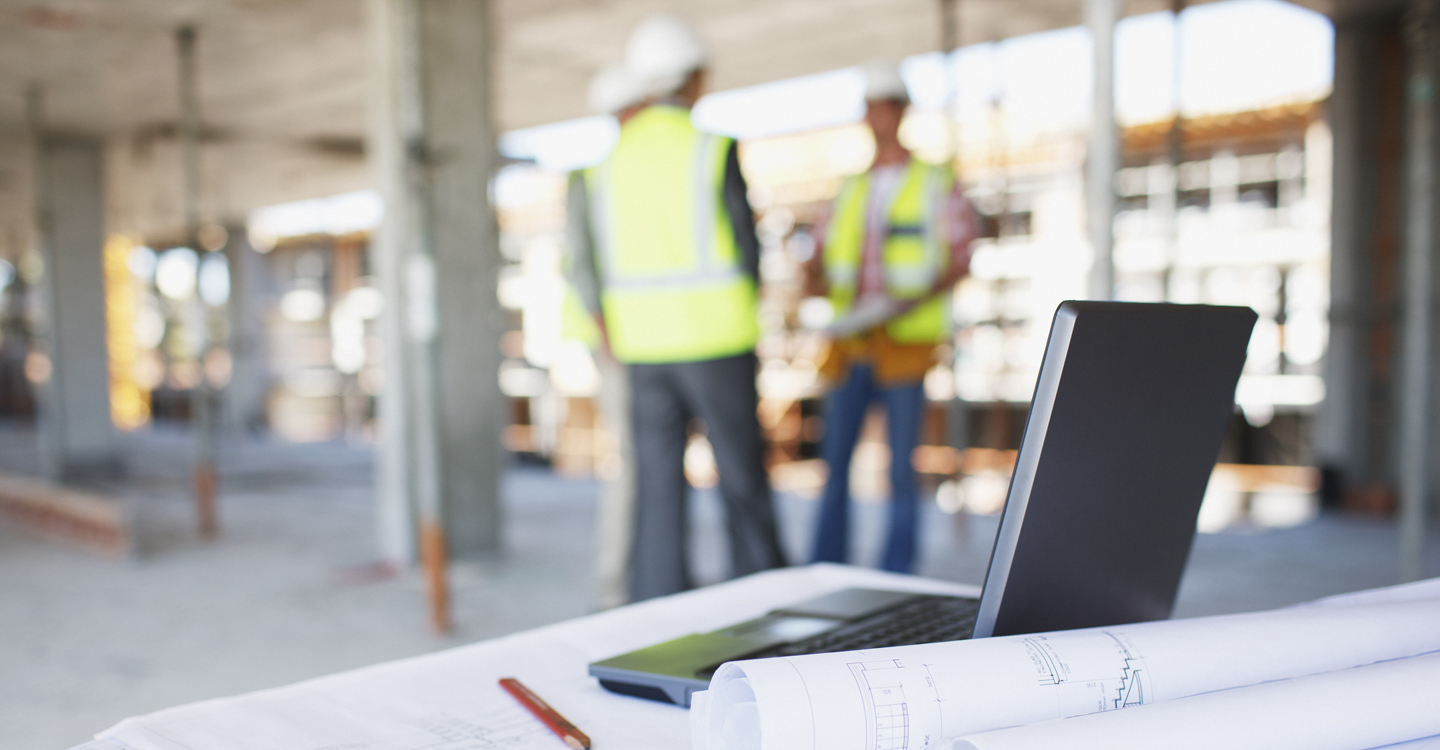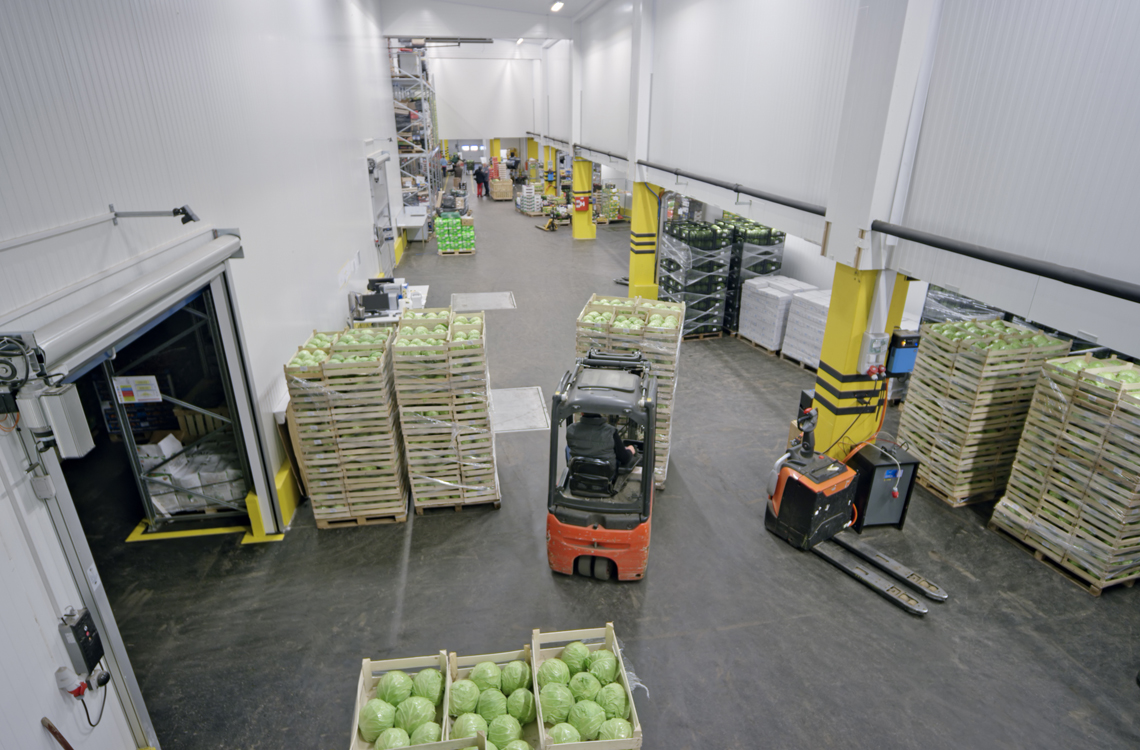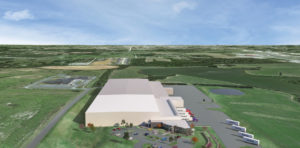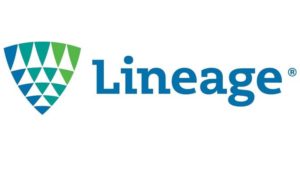In the first part of the Built-To-Suit tutorial, we discussed the benefits of working with a real estate developer and how to select the right one for your needs. For the second part of the tutorial, we will look at making the most out of your partnership.
Step 4: Negotiating the Lease
You can partly breathe a sigh of relief because the right developer will truly be a partner in this process, not an adversary. The developer’s success is dependent on your success. That said, you cannot let your guard down completely yet because now the process of negotiating basic lease terms begins. This includes the lease duration, rental rates, which party is responsible for maintenance and repairs.
In order to have a thoughtful and educated negotiation, it is essential to have a thorough understanding of both the current development market, the real estate capital markets, and, more specifically, the real estate market local to the project. For occupiers that do not undertake these types of transactions often, the quickest bypass is hiring a tenant representation broker, who specializes in industrial real estate. A broker from a reputable firm will shepherd you through the nuanced process of built-to-suit lease negotiations. Their knowledge and ability to provide a glimpse into what is common for the market as far as rent constants, concessions, security, annual rent escalations and other terms will be invaluable when negotiating the business and economic terms of the lease.
In addition to the broker, a seasoned real estate attorney with specific experience in industrial real estate is also obligatory. They will be able to frame, distill and put into perspective intricate, and oftentimes elaborate, legal concepts that go along with projects of such scale. Keep in mind that at the end of the day, it is the occupier who is signing the lease, not the broker nor the attorney and it is the occupier's responsibility to make measured decisions based on all information available to them.
A word on negotiation: It is easy to reject the initial rental rate from a developer because of an assumption that landlords expect some level of negotiation and may initially quote a higher rate than they are willing to accept. That may be true, but again if you have chosen a developer based on the right criteria, they absolutely do not want to spend the money developing a building, only to have a tenant commence a lease with such a rate that it puts the tenant in a precarious financial position. Remember that the developer is only successful if the tenant is successful. If there is a true maximum rent an occupier can pay for their lease rate, it behooves the occupier to explain those parameters to the property owner. This will often lead to greater success than just “sport negotiating.”

Step 5: Designing the Facility
In my mind, this is where the real fun begins. With the lease terms substantially in place, both parties have demonstrated a commitment to the project and the developer can begin taking on further financial risk, in the form of paying for preliminary building design. The developer you have chosen to collaborate with should have existing relationships with top-tier design and construction firms for the type of facility you are looking to build. This is important because industrial facility design, specifically for the cold chain, will critically influence the operations inside of that building. You do not want to be paying the design and construction teams to be learning on the job.
Having previously completed the initial programming and often the first few concept drawings, the design and construction partners will begin to finalize construction specifications and budgets to present to the developer and the future occupier. This is a collaborative process, taking many iterations as both teams try to value engineer costs while maximizing the future operational efficiency of the building.
As design iterations are reviewed, it is important to keep in mind non-operational decisions as well. Corporate ESG requirements may be an important factor for either or both the developer and the future occupier. In our world, it would be remiss not to mention that selecting the type of refrigeration is an important decision item to work through with the various stakeholders. Take time to also consider decisions around personnel welfare areas, parking and worksite safety, as oftentimes the stakeholders in the design do not work onsite or in the facility. Lastly, consider future proofing the facility. For example if this is a production facility, will there ever be a need for onsite cold storage? If it is a storage facility, will there ever be a need for kitting?

Would you like to be alerted when new Farm to Frozen articles are posted?
Sign up to receive our eNewsletter, What's HOT in COLD! This weekly eNewsletter showcases the latest trends, news technologies and products impacting the refrigerated, chilled and frozen segment. It also includes a notice when new Farm to Frozen content drops! Sign up now to get on the list!
The spirit of a built-to-suit development is that the occupier is going to receive a purpose-built facility for their exact needs. Accordingly, the design stage of the process is arguably the most important. It would be impossible to summarize the expertise that architects and engineers provide in one article, so I will reiterate again that having the right team to execute the design is an absolute requirement. The design is not a place for taking shortcuts.

Step 6: Construction and Handover
Once the design is finalized, the developer capitalizes the project and construction can begin. Though it is important for the occupier to be as informed as possible, the occupier can be assured that the developer has absolutely zero incentive to delay or over-run the project in any way. Indeed, the occupier is in an advantageous position due to the developer’s own incentives to deliver the project on time and on budget, on behalf of the tenant. That said, less reputable developers could feel pressured to cut corners, or worse, in order to achieve the desired timelines and budgets. For this reason, regular site visits and meetings with the developer will help the occupier maintain visibility into the construction progress.
The only thing certain about construction is that nothing ever goes perfectly. Plan for contingencies and delays. These days, delays may come from not just weather but lead times on construction materials and equipment, as well as permitting and governmental procedures. Again, an experienced developer will be proactive about planning for both of these.
After construction is completed, there will be a handover process where the occupier takes possession of the facility. The handover process marks the transition from construction to occupancy. Ensure you understand the handover process and what it entails. This may include a final inspection, the completion of any punch-list items, and the transfer of keys, access codes and manuals. This is also the time to be introduced to the property manager and finalize standard operating procedures, payment methods and communication cadence with the property owner or asset manager.
Conclusion
One key consideration throughout this process is the selection of stakeholders. It starts with the selection of a developer. No other single decision in this process has as big of an impact on the project’s outcome. Assuming the right developer is chosen, a built-to-suit transaction can be an incredibly strategic move for an occupier to obtain a customized and modern facility, without laying out the kind of upfront capital required to build such a facility. Using a third-party real estate developer is certainly a complex process, but with careful planning and execution, it can provide the occupier with a facility that is perfectly suited for their needs.
The next installment of Farm to Frozen will explore how to find and lease more cold storage space in existing cold storage facilities.








